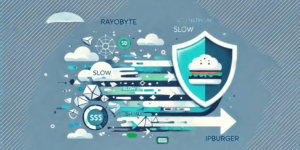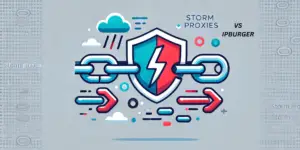What is screen scraping? All of your questions are answered here.
In the modern world, we increasingly rely on screens to give us the information we need.
Whether it’s a phone, a computer, or a TV, we’re used to getting our news, entertainment, and even our work from a screen.
But what happens when the information on those screens is outdated or, even worse, wrong? That’s where screen scraping comes in.
Screen scraping is extracting data from a screen, whether a website, a software program, or even a PDF. And while it might sound complicated, it’s actually pretty simple.
So, whether you’re looking to get information from a website that doesn’t have an API or you’re trying to extract data from a software program for that you don’t have the source code, screen scraping can be a helpful tool.
What is screen scraping?
Screen scraping is the process of extracting data from a web page. It can be done manually but often using a script or program.
In computing, screen scraping is extracting data from a source not intended to be accessed or read by a computer. It is similar to data mining, but instead of extracting data from a database, it extracts it from a user interface, such as a web page or a PDF document.
Screen scraping is commonly used to access data unavailable through an API, such as data from a website that does not have an API. It can also be used to access data behind a paywall or log in.
The three main components of screen scraping are web scraping, data scraping, and text scraping.
- Web scraping is the process of extracting information from websites.
- Data scraping is extracting data from sources not intended to be accessed or used by humans, such as databases.
- Text scraping is extracting text from sources not intended to be accessed or used by humans, such as emails.
Screen scraping vs. data scraping: three key differences.
1. Screen scraping is extracting data from a website’s HTML code. In contrast, data scraping refers to extracting data from any source, including websites, databases, and documents.
2. Screen scraping is typically done manually, while data scraping can be done automatically using tools and software.
3. Screen scraping can extract data from a website that is not intended to be accessed or used by the scraper, while data scraping can be used to extract data from any publicly available source.
Screen scraping vs. web scraping.
There is a subtle difference between web scraping and screen scraping. Web scraping refers to extracting data from websites, while screen scraping means extracting data from the screen of a computer. Web scraping is generally more common and refers to extracting data from websites.
Why is screen scraping useful?
Screen scraping can be helpful when there is no other way to access the needed data. For example, screen scraping can be used to get the data if a website does not have an API or other means of accessing its data.
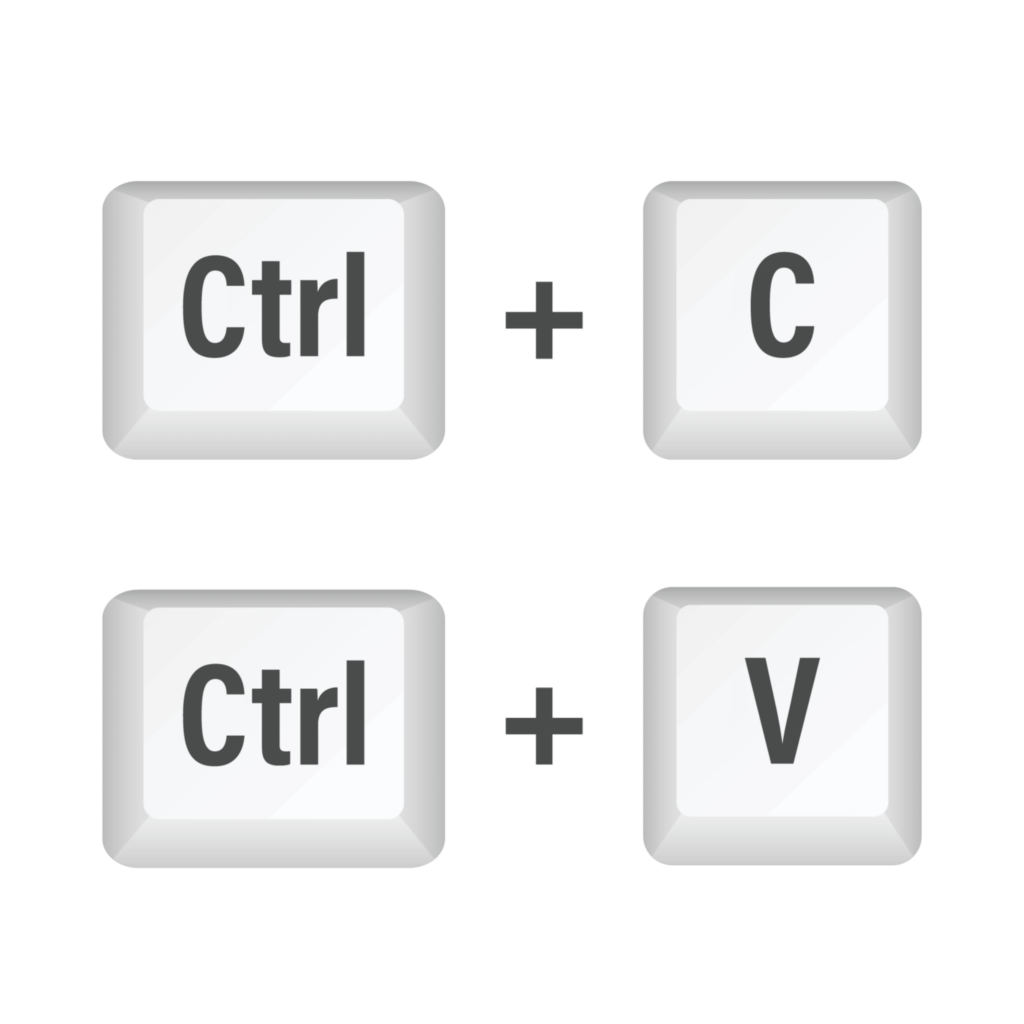
How is screen scraping done?
Screen scraping is the process of extracting data from a website. This can be done manually by copying and pasting data from a website into a spreadsheet or database, or it can be done automatically using a screen scraping tool.
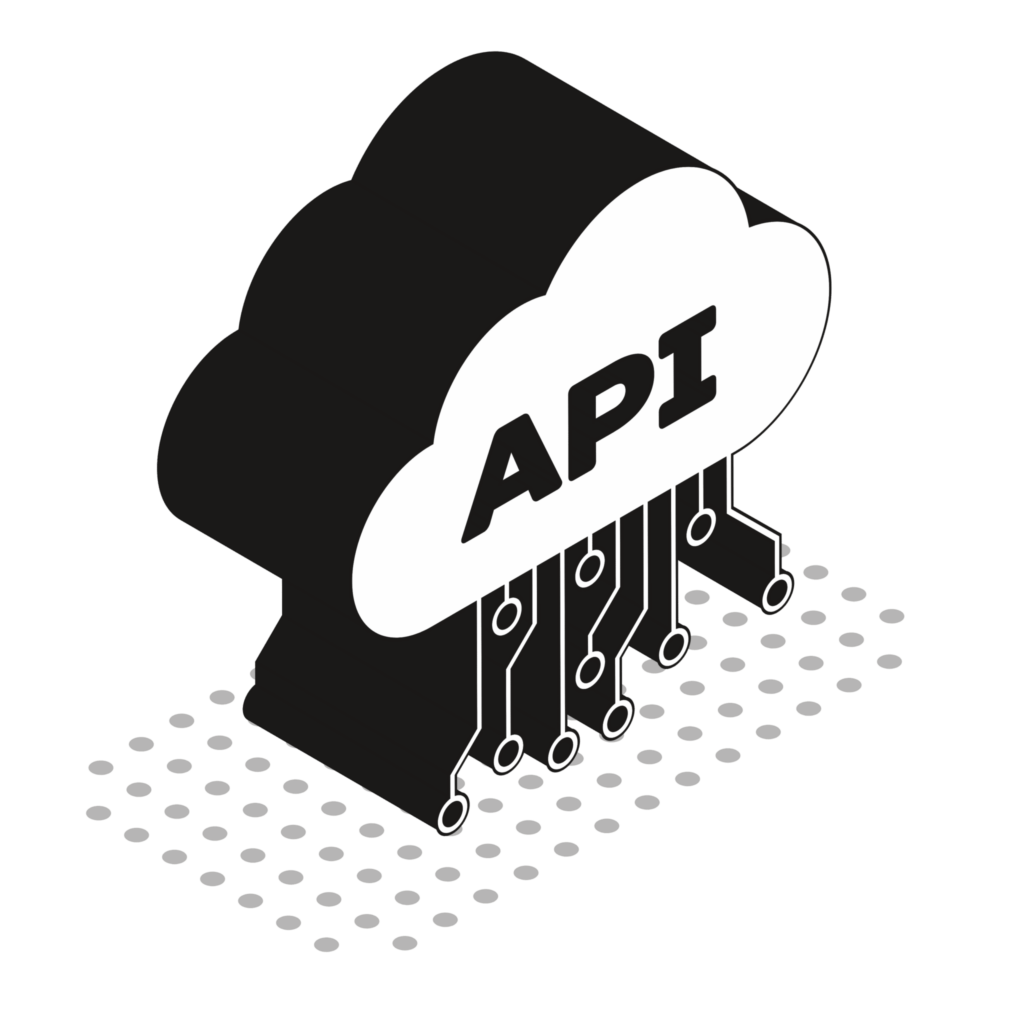
What are some common screen scraping tools?
There are many common screen scraping tools, including web scraping services like Scrapy and import.io and browser extensions like Data Miner and Web Scraper.
How can screen scraping be used ethically?
There are a few ways to use screen scraping ethically:
- Use it to collect publicly available data that you have a right to access: Screen scraping can be used to collect data that is available to the public, such as data from a public website. This type of data scraping is legal and ethical.
- Use it to collect data for personal use: Screen scraping can also be used for personal use. For example, you could use screen scraping to collect data about a product you are considering purchasing. This type of data scraping is legal and ethical.
- Use it to collect data for research: Screen scraping can be used to collect data for research purposes. For example, you could use screen scraping to collect data about how a website is designed or how users interact. This type of data scraping is legal and ethical.
How can screen scraping be used unethically?
Screen scraping can be used unethically by extracting data without the owner’s permission, using automated means to request data from a website too frequently, which can overload the website, or by scraping copyrighted data.
What are some common screen scraping laws?
Some common screen scraping laws are the Computer Fraud and Abuse Act, the Digital Millennium Copyright Act, and the Can-Spam Act.
The Computer Fraud and Abuse Act (CFAA) is a federal law that prohibits unauthorized access to a computer or computer network. The CFAA also prohibits unauthorized computers or networks used to commit fraud or other crimes. The CFAA provides for both criminal and civil penalties.
The Digital Millennium Copyright Act (DMCA) is a United States copyright law that establishes a framework for copyright protection in the digital age. It was enacted on October 28, 1998, and became effective on October 28, 2000.
The DMCA amended Title 17 of the United States Code, which governs copyright law in the United States. The DMCA created a new form of copyright protection, called “safe harbour,” for online service providers.
Safe harbour protects service providers from copyright infringement liability if they take certain steps to prevent or mitigate infringement on their systems.
To qualify for safe harbour protection, service providers must designate an agent to receive notifications of claimed infringement and adopt and implement a policy for terminating the accounts of repeat infringers.
The DMCA also created a new offense called “circumvention of copyright protection systems,” which prohibits the circumvention of technological measures that control access to copyrighted works.
The DMCA made it illegal to manufacture, sell, or distribute devices or services designed to circumvent copyright protection systems.
The DMCA has been the subject of criticism from various groups, including library and information science professionals, who argue that it has hurt access to information.
The CAN-SPAM Act is a law that sets the rules for commercial email, establishes requirements for commercial messages, gives customers the right to have you stop emailing them, and spells out tough penalties for violations.
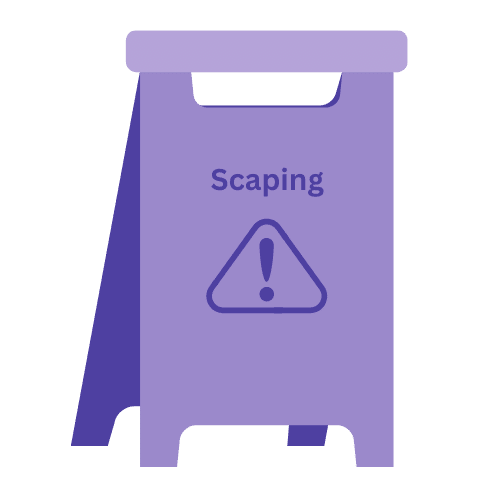
How to prevent screen scraping.
There is no surefire way to prevent screen scraping, but there are a few measures that can be taken to make it more difficult:
1. Use CAPTCHAs
CAPTCHAs (Completely Automated Public Turing tests to tell Computers and Humans Apart) are challenge-response tests that can be used to verify that a user is human. They typically consist of a distorted image of text that a human can easily read but a computer cannot.
2. Use a login system
A login system can be used to restrict access to content that is behind a paywall, or that is otherwise intended for registered users only.
3. Use a honeypot
A honeypot is a piece of information that is hidden from users, but bots easily find that. This can bait bots into revealing themselves, after which they can be blocked.
4. Use rate-limiting
Rate-limiting is a measure used to limit the amount of traffic from a single IP address. This can be used to prevent bots from making too many requests in a short period.
What are some common screen scraping best practices?
- Use a dedicated screen scraping tool: A screen scraping tool is designed to extract data from web pages. It will have features to make the process easier and more accurate, such as handling AJAX and Javascript and automatically filling in form fields.
- Use the highest quality source data: The source data should be well-formatted and accurate. Avoid using data from sites known to have errors or from sites frequently updated (such as weather sites).
- Test, test, test: Always test your screen scraping code on a small sample of data to ensure that it is working as expected.
- Proxy rotation: The easiest way to prevent IP bans is to use rotating residential proxies.
- Be respectful when scraping data: Be sure to respect the website’s terms of service and scraping policies.
What are some common screen scraping challenges?
Some common screen scraping challenges include:
- Capturing data that is displayed in a non-standard format
- Dealing with pages that are dynamically generated
- Handling authentication and cookies
- Avoiding being blocked by web servers
How to overcome IP bans from web servers.
The three ways to avoid being blocked by web servers while screen scraping is using a VPN, a proxy server, or a TOR browser.
Using a proxy to avoid being banned by web servers is a common technique. Using a proxy, you can route your traffic through a different IP address, which can help avoid being banned by web servers.
It is important to use rotating residential proxies when screen scraping to avoid being detected and blocked. Using different proxies for each request makes it more difficult for websites to track and block your activity. Additionally, using residential proxies ensures that your IP address is not blacklisted.

